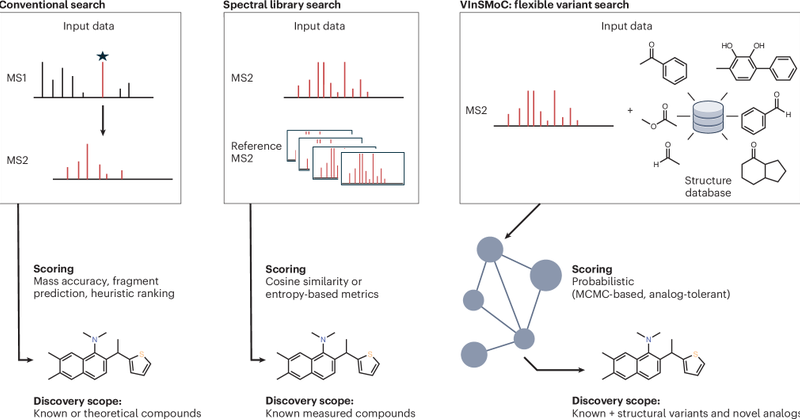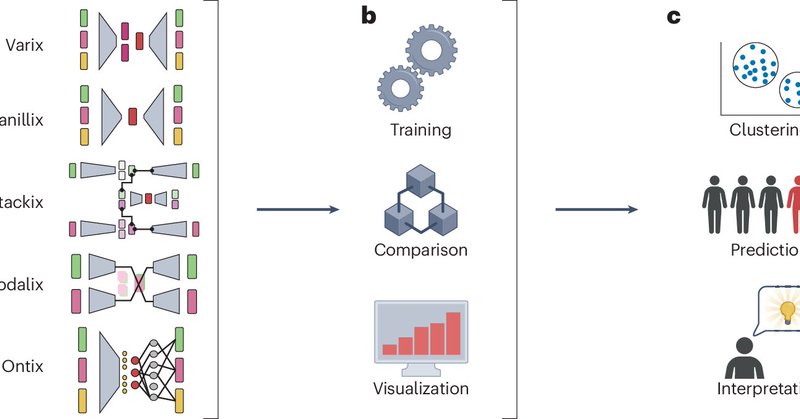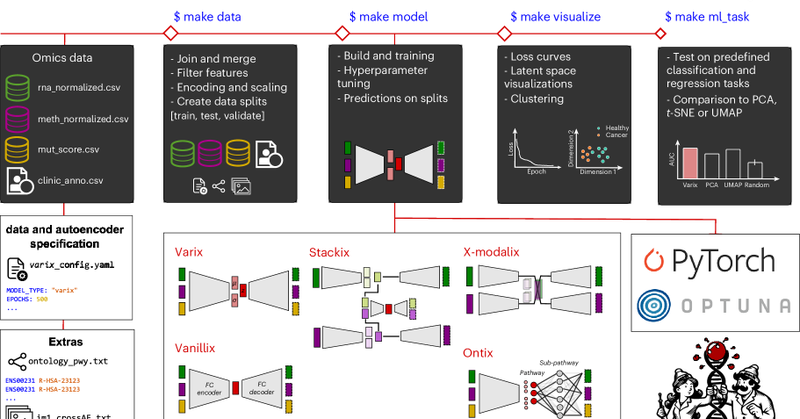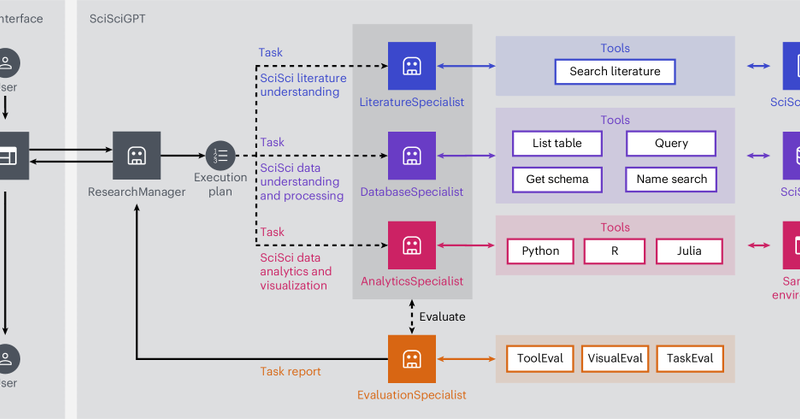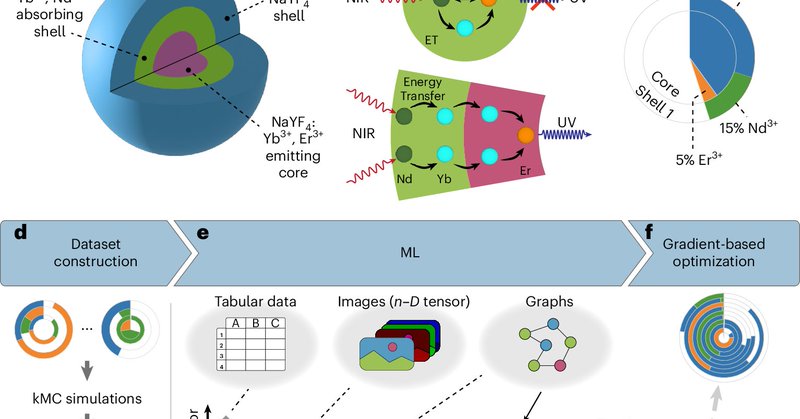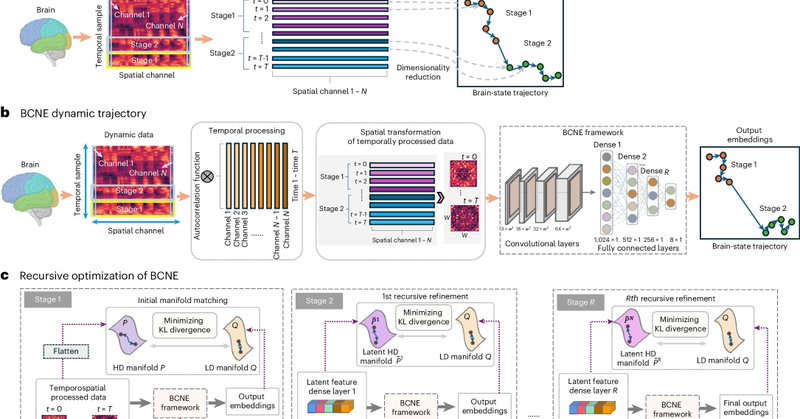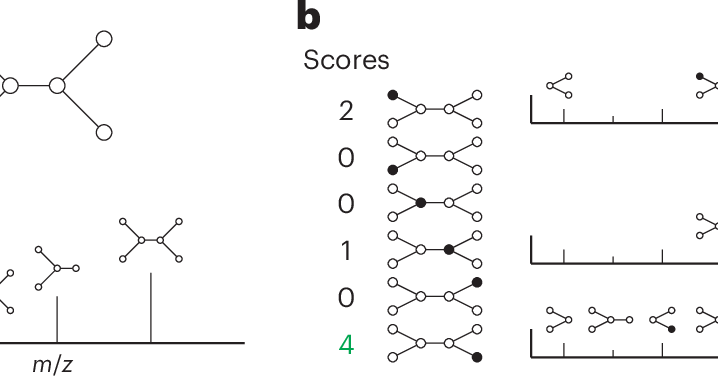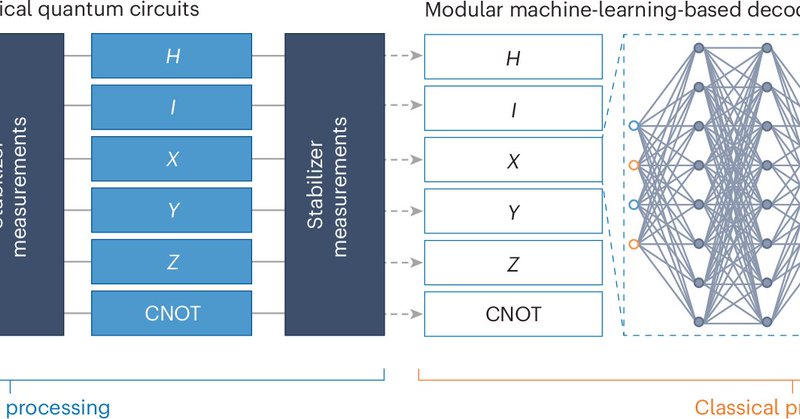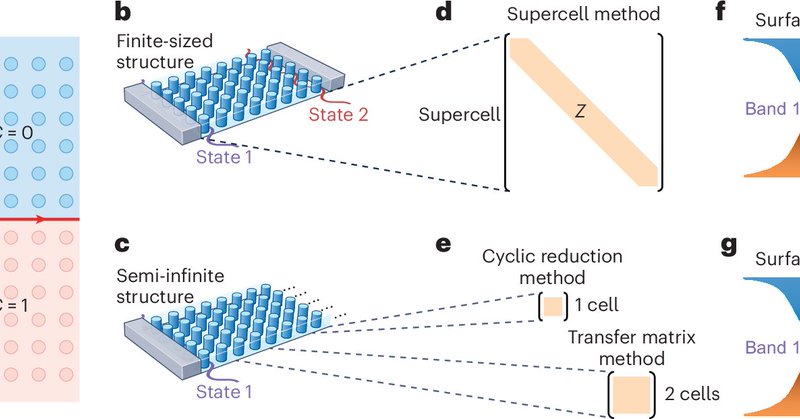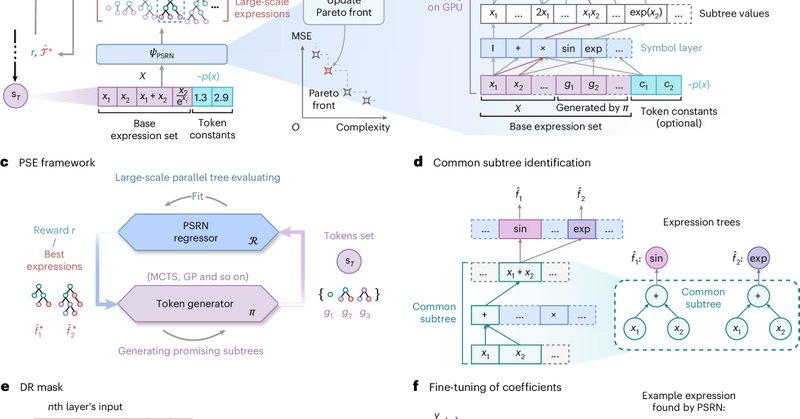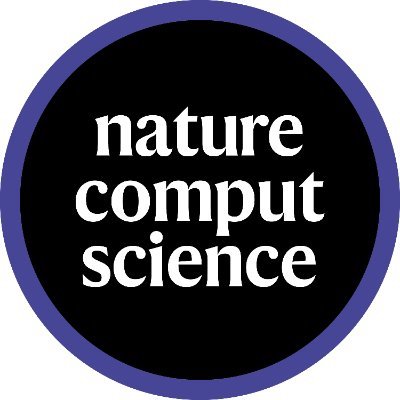
Nature Computational Science
@NatComputSci
Followers
7K
Following
84
Media
100
Statuses
1K
A @SpringerNature journal on mathematical models and computational methods/tools that help advance science in multiple disciplines.
New York, NY
Joined April 2020
🚨Our November issue is now live, and it includes a study on how LLMs align with the reading brain, a generative model for structure-based molecular design, and much more! Check it out! https://t.co/aDXlQ6nRTv
1
7
26
🚨We are hiring! We are seeking an editor with experience in computational biology (genome informatics and/or computational structural biology preferred) to join the team. Interested? Apply now! https://t.co/u4fsmBCT05
0
0
0
An accompanying News & Views by Bart Ghesquiere for this paper is now available! @VIBMetaboCoreLV
https://t.co/jM2ljSwiB9 🔓 https://t.co/KKGUGlCJTZ
nature.com
Nature Computational Science - Mass spectrometry data analysis has long been limited to known molecules and exact matches. In a recent manuscript, a scalable search algorithm is proposed for...
0
0
0
An accompanying News & Views by Dinghao Wang and Qingrun Zhang is available for this paper! https://t.co/EcmN1Krd3J 🔓 https://t.co/gNd669rmGD
nature.com
Nature Computational Science - A framework called AUTOENCODIX benchmarks diverse autoencoder architectures in biological molecular profiling data, enabling insights from complex, multi-layered data.
0
0
1
📢Jan Ewald and colleagues from @Sca_DS introduce an open-source tool called AUTOENCODIX, developed to enable reproducible comparison of vanilla, variational, stacked, ontology-based, and cross-modal autoencoders for biological molecular profiling data.
nature.com
Nature Computational Science - An open-source framework called AUTOENCODIX is developed to enable reproducible comparison of vanilla, variational, stacked, ontology-based and cross-modal autoencoders.
1
0
1
📢Out now! @ErzhuoShao, @dashunwang and colleagues from @KelloggCSSI introduce SciSciGPT, a prototype AI collaborator for the domain of science of science that streamlines a wide range of empirical and analytical research tasks.
nature.com
Nature Computational Science - SciSciGPT is an open-source prototype AI collaborator that explores the use of LLM research tools to automate workflows, support diverse analytical approaches and...
0
2
6
0
0
1
📢@EmoryChanNano, @SamMBlau and colleagues develop a DL approach for optimizing the nonlinear optical properties of core-shell upconverting nanoparticles, uncovering photophysical design rules and a roadmap for DL in nanoscience. https://t.co/2A5SWvzHyE 🔓 https://t.co/m2iCliCJHC
nature.com
Nature Computational Science - Graph neural networks built on physically motivated representations enable gradient-based optimization of complex upconverting nanoparticle heterostructures,...
1
0
1
📢Bo Zhang and colleagues present ChemAHNet, a tool for predicting stereoselectivity and absolute configuration in asymmetric hydrogenation of olefins. https://t.co/avUleSe2uo 🔓 https://t.co/AkVPdA3prG
nature.com
Nature Computational Science - This study introduces ChemAHNet, a deep learning model that predicts stereoselectivity and absolute configurations in the asymmetric hydrogenation of olefins with two...
0
0
0
📢Out now! Ouyang Zhu and Jun Li from @NotreDame present Scouter, a lightweight AI method that can predict genome-wide transcriptional responses to single- and two-gene perturbations using LLM embeddings.
nature.com
Nature Computational Science - A lightweight AI method called Scouter that predicts genome-wide transcriptional responses to single- and two-gene perturbations using large language model embeddings...
0
1
6
📢Lei Xing and colleagues present an unsupervised DL method that uncovers clear trajectories of brain activity, effectively distinguishing cognitive events, learning stages, and active vs passive movement. https://t.co/mtQEtY9Nwm
@lx2015 @StanfordRAdOnc 🔓 https://t.co/Nfy7FC8ZH3
nature.com
Nature Computational Science - BCNE, an unsupervised deep-learning method, reveals clear trajectories of brain activity and effectively distinguishes cognitive events, learning stages and active...
0
3
7
📢Bahar Behsaz, Hosein Mohimani and colleagues introduce a scalable mass spectral search tool that identifies both known molecules and structural variants by estimating match significance. https://t.co/uj7zK3m5yU 🔓 https://t.co/6LQCIOj3WF
nature.com
Nature Computational Science - The authors present a scalable mass spectral search tool that identifies both known molecules and structural variants by estimating match significance. The method...
1
0
0
An accompanying News & Views by Xiu-Hao Deng and Yuan Xu for this paper is now available! https://t.co/XwyfBUbHvf 🔓 https://t.co/rQHKpXQkYj
nature.com
Nature Computational Science - Quantum computers are inching closer to practical deployment, but shielding fragile quantum information from errors is still very challenging. Now, a...
0
0
0
📢How should authors go about putting the point-by-point response to reviewers' document together, in order to make the process smoother and more efficient for authors, editors, and reviewers? Check out our latest Editorial!
0
1
1
@hku_science An accompanying News & Views by Zhaohui Dong and Luqi Yuan is now available for this paper! https://t.co/pQ65iHsiXA 🔓 https://t.co/kOZfWYTyRe
nature.com
Nature Computational Science - A recent study proposes efficient numerical algorithms to reduce the required computational resources for solving the edge states in large-scale photonic or acoustic...
0
0
0
@GoldsteinYAriel @samnastase @HassonLab An accompanying News & Views by @Alxmrphi for this paper is now available! https://t.co/N4OpJpVE6i 🔓 https://t.co/bEHbmjBVyT
1
2
3
📢Hao Sun and colleagues introduce Parallel Symbolic Enumeration (PSE) for discovering physical laws from limited data, outperforming state-of-the-art methods by evaluating millions of expressions in parallel and reusing computations.
nature.com
Nature Computational Science - In this work, the authors introduce parallel symbolic enumeration (PSE), a model that discovers physical laws from data with improved accuracy and speed. By...
0
1
3
We also highlight a @NatureMaterials study by Kota Oishi and colleagues on a framework for identifying zeolite intergrowths and drawing boundaries between feasible and unfeasible systems.
nature.com
Nature Computational Science - The feasibility of zeolite intergrowths
0
0
0
We highlight a @Nature study by Chi-Fang Chen and colleagues on a quantum algorithm for thermal simulation featuring balance and locality, while also serving as a conceptual model for thermalization in open quantum systems.
1
0
0
📢Research Highlights out today! We highlight work by @Walter4C, @matteo_cinelli, and colleagues on how LLMs generate judgments about reliability and political bias, and how their procedures compare to human evaluation.
1
1
2

